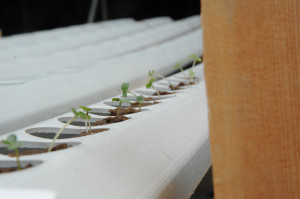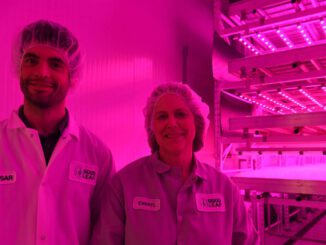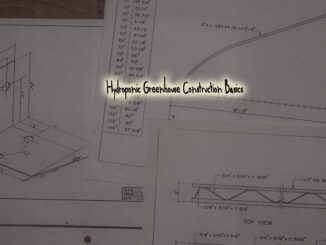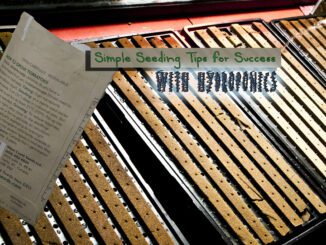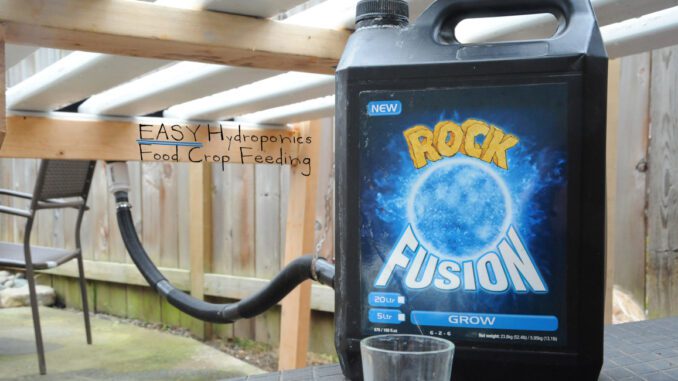
Easy Hydroponics Food Crop Feeding
One-Step Hydroponics Fertilizer Crop Nutrition
Easy hydroponics crop feeding is a welcome notion for a lot of would be and existing home hydroponics growers.
People looking to “grow their own” food, medicine or beauty find the growth rates, adaptability, sustainability, and low water use rates of hydroponics very enticing over traditional soil gardening methods. For example, using an NFT system for growing hydroponics herbs and greens, it’s entirely possible to achieve 26 crops per year in a mild climate or with the help of a greenhouse. Field growers would be happy with 5 harvests of the same type of per year–quite a difference!
[quote]For example, using an NFT system for growing hydroponics herbs and greens, it’s entirely possible to achieve 26 crops per year in a mild climate or with the help of a greenhouse.[/quote]
Whether you have already started growing hydroponics crops, indoors or out, or are in the research phase of your home growing project, you are likely to find the most confusion and frustration once you approach the subject of hydroponics fertilizers: “nutrients” or “nutes” as commonly described or spoken within the growing industry in places like hydroponic shops or online chats.
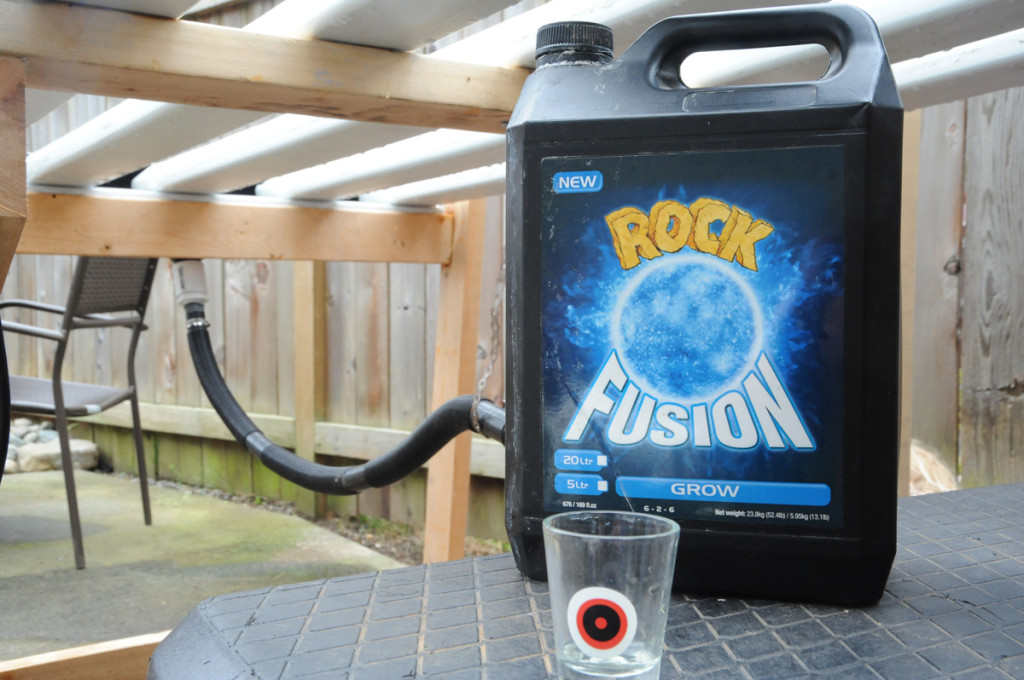
When it comes to fertilizers for hydroponics versus your traditional garden types, THERE IS A DIFFERENCE. Those ferts you get from the grocery store aren’t going to cut it here. FYI, they may work great for house plants, but it’s NOT what you want to use on hydroponics food crops for a number of reasons, all of them good.
However, for the scope of this discussion, let’s say you have that part figured out, which lead you to choosing a hydroponic fertilizer for easy hydroponics crop feeding.
Here is a checklist of criteria you will want to consider in selecting a hydroponic crop fertilizer:
i) Budget-how much will it cost you to use the fertilizer for the life of the crop, and can you justify the expense with amount and type of crop that will be harvested?
ii) Ease of Use-is it complicated to use, for example, are there a lot of different components you will need to buy and add at different times? Will the pH be stable or require constant adjustment?
iii) Crop Specific-is the formula intended for a general purpose application, or is it highly specific to a certain crop?
iv) Availability-will you be able to replace it easily, for example if you run out in mid crop? It’s not recommended to switch formulas mid crop, although it is possible to do so.
v) Suitability with YOUR Water-some fertilizers, even for hydroponics, will not perform with “hard water”, for example if you use well water, you may need a custom nutrient formula because well water in hydroponics can interfere with the fertilizer chemistry, and your crop will suffer.
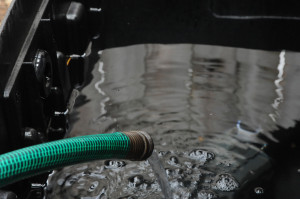
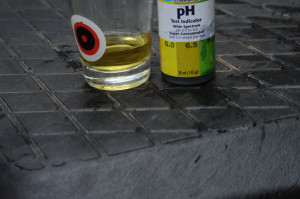
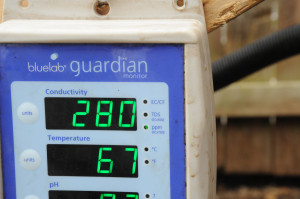
NOTE ABOUT ORGANIC SOURCES:
Typically, organic fertilizers are NOT recommended for use in re-circulating hydroponic systems. Organic materials typically require a “substrate” ie soil to break down further and feed your plants. Raw organic ingredients in a re-circulating reservoir will cause all kinds of funk, including wildly fluctuating pH levels that lock out nutrients and contribute to root diseases.
Practical Hydroponics Fertilizer Info:
- for leafy greens you don’t need anything complicated-the NPK caan stay the same from start to finsih, you will just want to control pH, feed strength and water quality
- fruiting and flowering crops will require some changes to the NPK (fertilizer content) from early stages to fruiting and maturity for best results
- nutrient additives can be useful, but are not necessary when using a good quality base nutrient for growing hydroponic food
For the crops of leafy greens we want to grow, we aren’t going to need to change out NPKs. We need a fertilizer that’s complete (especially in Calcium for lettuce), affordable (lettuce isn’t high value) and easy to use (no time for fussing with nutrients on a lettuce crop).
There are lots of choices out there at your local hydroponics shop or online: three part hyfdro fert bases, two-parts (for Veg & Bloom; 4 parts total), one or two part powders (not a bad choice here), and a slightly underutilized type of formulation, and that’s ONE STEP Complete Hydroponic Fertilizers
ONE STEP Complete Hydroponic Fertilizers
In the past manufacturers kept the liquid concentrates in at least two bottles. That’s because some fertilizer material can react adversely in concentrated liquid form, although fine once diluted for watering.
Rock Nutrients FUSION GROW is a stellar example of how technology can overcome adversity in making a hydroponic gardeners world just a little bit easier to live in. It’s what we are going to be using for our first crop of hydroponic lettuce.
Using a specialized manufacturing process and ingredients allows ALL the vital elements your crop needs to be concentrated into one easy to use liquid hydroponic fertilizer concentrate. Liquids are easier to dilute and measure versus powders, and in this instance, contains liquid form ingredients that simply can’t be found in any powder, for example a high quality non-ionic surfactant*
*wetting agent-allows plants to take up more nutrition, makes water “wetter” for easy drinking and even helps to prevent root diseases.
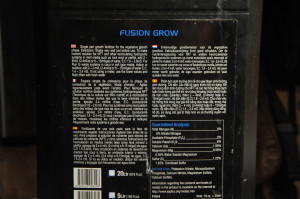
Note that it states on the label above, that the product is intended for NFT hydroponic growing as one of the suggested applications for use-very important!
When diluted at 1/2 to 3/4 strength, that’s about 12 ml of one step concentrate per US Gallon, we get about 125-190 PPM (parts per million) of Nitrogen. Following Dr. Howard Resh’s guidelines for lettuce production, we are hitting our target range–all in ONE STEP, from ONE Bottle!
Here’s an example of an ideal nutrient pack for growing NFT lettuce (from Resh, below)
| Ca: 180-200 ppm | Mg: 40-50 ppm | K: 210 ppm |
| P: 50 ppm | Ammonium-N: 15 ppm | Nitrate-N: 165 ppm |
| Fe: 3-5 ppm | Mn: 0.5 ppm | Cu: 0.1 ppm |
| Zn: 0.1 ppm | B: 0.5 ppm | Mo: 0.05 ppm |
